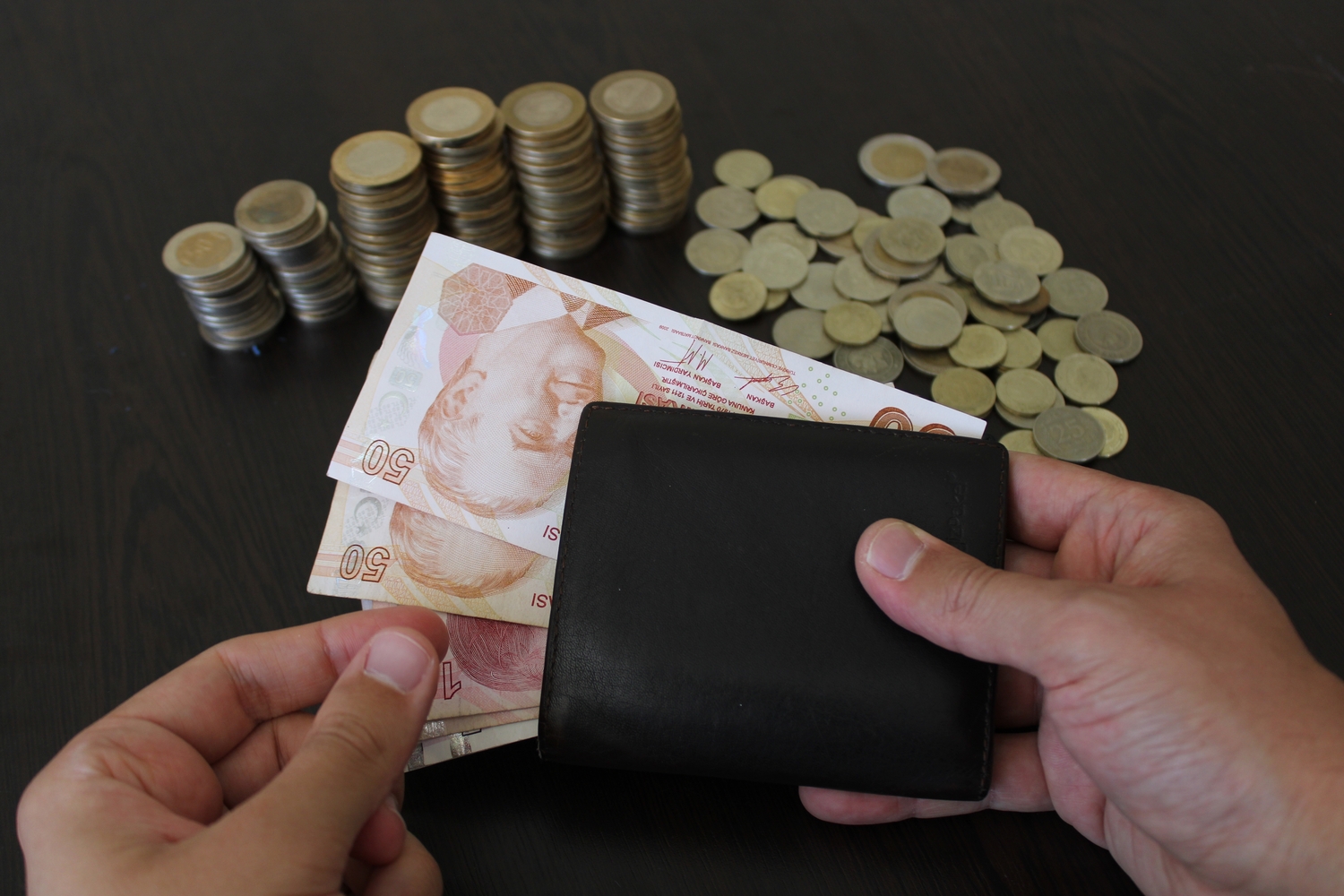The Allure of High Interest Rates
Not long ago, investors earned practically 0% returns on cash. However, as the Federal Reserve has kept interest rates high to combat inflation, it’s now possible to earn 5% annual percentage yields on savings accounts and other low-risk vehicles. This shift has made holding cash more attractive, but some experts warn it could lead to missed opportunities in the market.
Cash Obsession: A Growing Concern
“We’re too obsessed with cash,” said Callie Cox, chief market strategist at Ritholtz Wealth Management. An estimated $6 trillion is currently parked in money market funds. Research shows that younger investors with the most extended time horizon to absorb risk are allocating the most to cash. Recent data from Bank of America indicates that 55% of wealthy younger investors aged 21 to 43 have increased their cash allocations in the past two years. In contrast, only 46% of individuals aged 44 and up have done the same.
The Risks of Under-Investing
“The bigger issue that not enough people are talking about is the fact that younger investors are over-allocating the cash because of the allure of the 5% savings rate,” Cox explained in an interview with CNBC.com. She added, “Under-investing is a risk, and it’s one that I think more younger investors are susceptible to.”
Potential Market Gains: A Missed Opportunity?
In the long term, a 5% return can fall short of investors’ potential gains in stocks. Thomas Lee, managing partner at Fundstrat Global Advisors, noted that the S&P 500 index might climb to 5,800 by the end of this year, potentially bringing its total return to over 20%. This would follow a 24% return in 2023, bringing the two-year total to around 50%. “That would be ‘painful’ for cash investors who missed out on those gains, as it would take them 10 years to achieve the same results,” Lee explained.
Balancing Cash and Investments
Of course, having some cash set aside is essential. Financial advisors generally recommend maintaining at least three to six months’ worth of expenses in cash for emergencies. However, research often shows that many Americans fall short of this goal, with a median emergency savings of just $600, according to a recent survey from Empower.
The Importance of Diversification
According to Cox, for goals one to two years away—or even three to five years away—it makes sense to allocate cash to ensure the money is there when needed. “But anything beyond five years, I would seriously consider putting that money into stocks or other more risky assets,” she advised.
The Pitfalls of Market Timing
Fear can tempt investors to sit on the sidelines in cash now, but the risk of missing market upside is a significant opportunity cost. “Market timing is truly a fool’s errand, but lack of participation in the market is also foolish, particularly for long-term investors,” said Mark Hamrick, senior economic analyst at Bankrate.
Preparing for Changing Interest Rates
The environment for cash savings may be poised to change. The Federal Reserve has signaled plans to cut interest rates as inflation eventually subsides. This could make a 5% return on cash a thing of the past. While savers might consider locking in five-year certificates of deposit at today’s rates, they should be aware of potential penalties for early access.
Weighing the Benefits and Risks
In conclusion, while holding cash can offer security, balancing this with the potential for higher returns through market investments is crucial. “You could be waiting a long time for that pullback if you just sit in cash,” Cox said. The most significant risk for investors now is missing another leg of this rally, as the environment for cash savings is likely to evolve.







